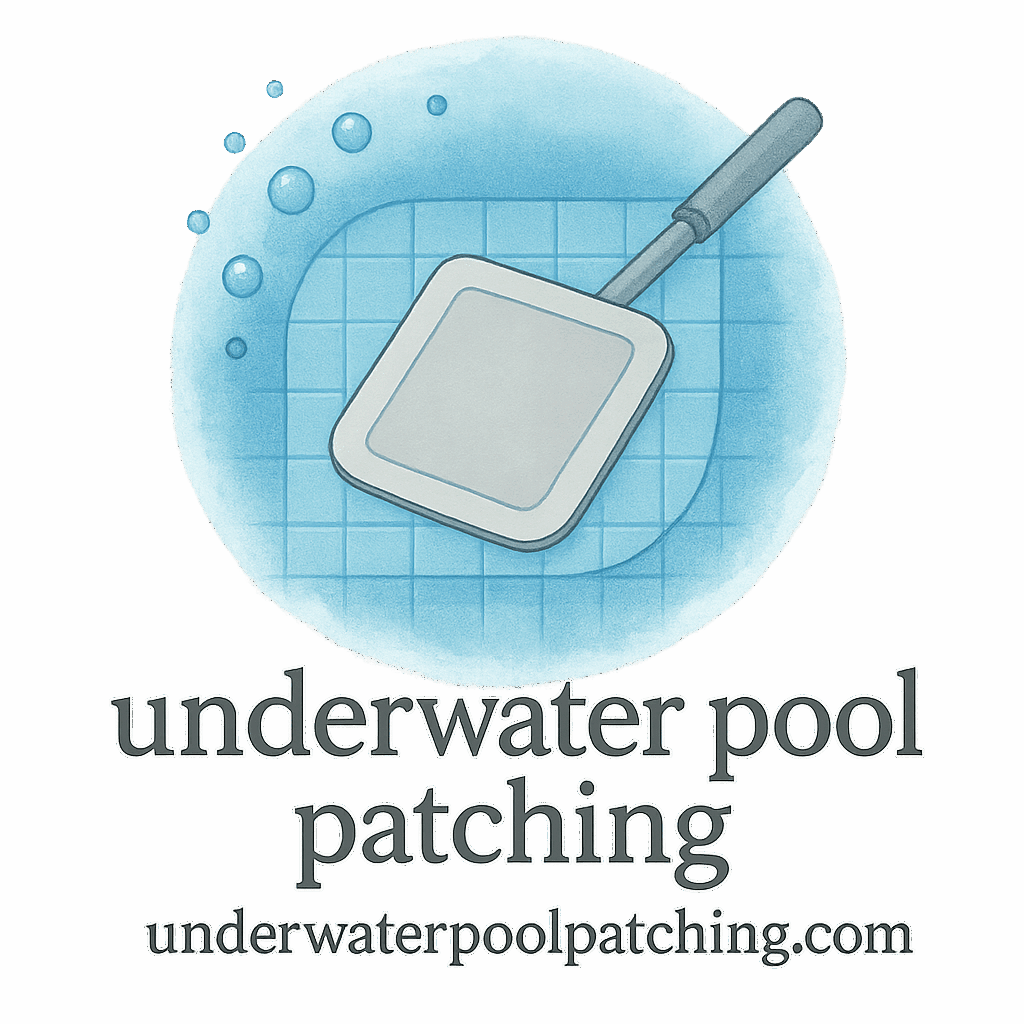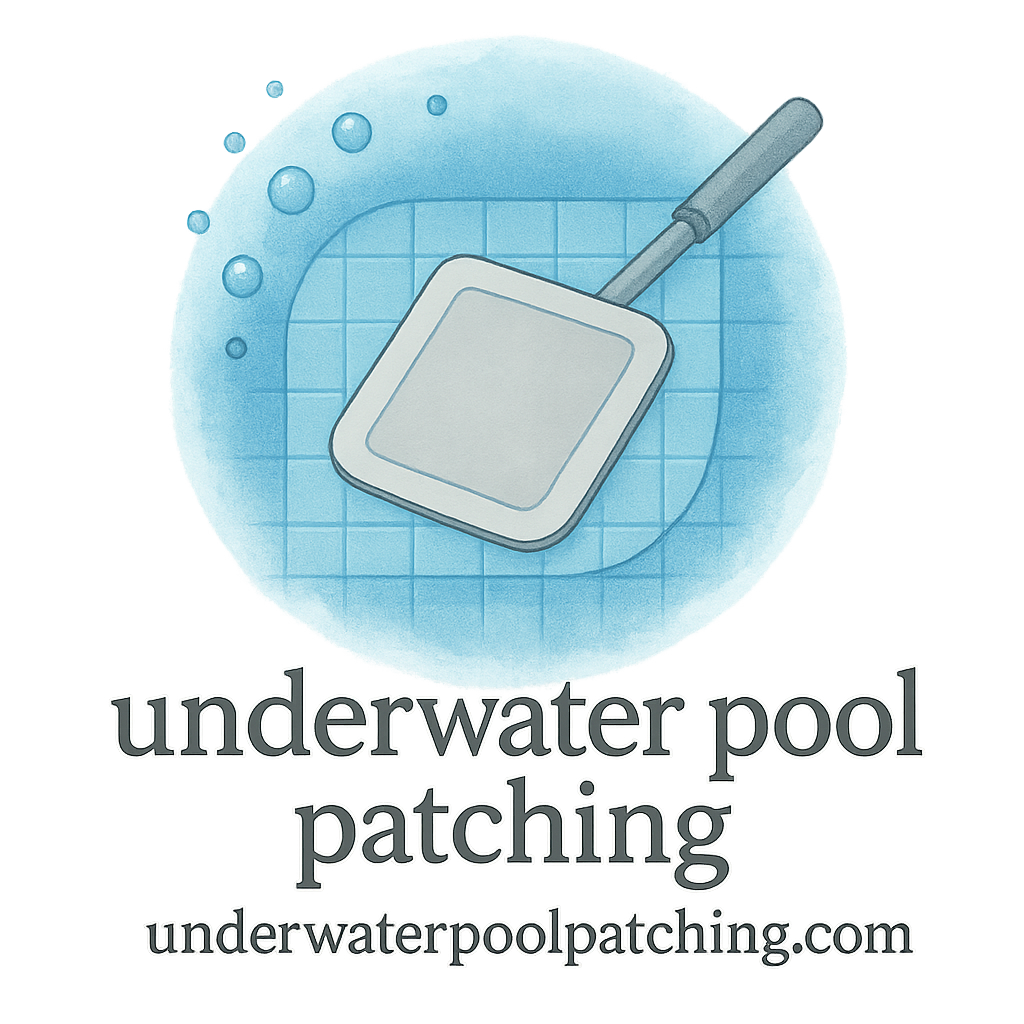Introduction
Owning a pool is a luxury, but it comes with responsibilities that go far beyond cleaning the water and enjoying a swim. One of the biggest challenges pool owners face is budgeting for repairs and maintenance—especially when it comes to applications like patching, sealing, or resurfacing. Many homeowners unintentionally make budget mistakes that cost them more in the long run. The good news? With the right application tips for pools, you can save money, extend the life of your pool, and avoid costly surprises.
Let’s dive into the nine biggest budgeting mistakes pool owners make—and how to avoid them.
Why Pool Budgeting Is More Complicated Than It Looks
At first glance, budgeting for a pool repair might seem simple: patch a leak, fix a crack, and you’re done. But pools are complex systems. From material choices and inspection and diagnosis to the type of repair techniques used, every decision impacts long-term costs. A minor oversight today could turn into a major financial drain tomorrow.
Mistake #1: Ignoring Proper Pool Inspection Before Application
The Importance of Pre-Application Checks
Would you paint over a wall with hidden cracks? Of course not. The same goes for pools. Skipping an inspection before applying patches or coatings means you risk sealing over bigger problems.
How Inspections Save Money Long-Term
A professional pool inspection identifies leaks, structural weaknesses, and potential issues before they spiral out of control. Spending a little on diagnosis now prevents costly repairs later.
Mistake #2: Choosing the Wrong Pool Patch Materials
Shortcuts That Lead to Expensive Repairs
It’s tempting to grab the cheapest patch kit available. But the wrong material may not bond properly underwater or may deteriorate faster than expected.
Recommended Pool Patch Types and Materials
High-quality patch types and materials—such as epoxy-based patches or flexible vinyl options—last longer and reduce the risk of repeat repairs.
Mistake #3: Underestimating Repair Costs and Budgeting Poorly
Common Hidden Costs Pool Owners Overlook
From tools to labor, to water refilling, there are always hidden expenses. Many homeowners underestimate these and blow their budget mid-project.
Using a Realistic Budget Plan
Using cost-budgeting strategies ensures you’re prepared for both expected and unexpected expenses. Always add a 10–15% buffer for surprise costs.
Mistake #4: Skipping Professional Diagnosis of Pool Damage
DIY vs Professional Inspections
Sure, you can spot a crack, but can you diagnose whether it’s structural or surface-level? Misjudging the severity can mean wasted effort and money.
When to Call in Experts
For peace of mind, a professional diagnosis ensures accuracy. Experts use advanced tools like pressure tests to find issues invisible to the eye.

Mistake #5: Neglecting Routine Maintenance and Prevention
Why Prevention Is Always Cheaper
Think of your pool like a car: regular oil changes prevent engine damage. Similarly, routine maintenance keeps small problems from becoming budget nightmares.
Simple Maintenance Habits
Following a maintenance plan—checking seals, cleaning debris, and monitoring water levels—can save thousands over the years.
Mistake #6: Overlooking Leak Detection and Pressure Testing
Small Leaks, Big Costs
A small leak might not seem like much, but over time it can waste thousands of gallons of water and skyrocket utility bills.
How Pressure Tests Help
Professional leak detection paired with pressure testing ensures no hidden leaks are left behind.
Mistake #7: Rushing the Application Process
How Rushing Ruins the Finish
Patience pays off. Rushing patch applications often leads to poor adhesion, bubbles, or uneven surfaces that require rework.
Tips for a Smooth and Durable Edge Finish
Take your time to achieve a clean edge finish. Smooth edges prevent peeling and make the patch blend seamlessly with the pool surface.
Mistake #8: Ignoring Long-Term Patch Life
Why Cheap Isn’t Always Cost-Saving
That “budget” patch may last a season, but replacing it every year drains your wallet.
Factors That Affect Patch Durability
Proper patching techniques, high-quality materials, and correct application all extend patch life.
Mistake #9: Forgetting to Plan for Future Costs
Subscription Plans vs One-Time Fixes
Many companies now offer subscription maintenance plans that spread costs out over time and ensure consistent care.
Money-Saving Strategies
A smart budget includes cost-saving tips like bulk material purchases and off-season repairs when services are cheaper.
Pro Tips for Cost-Saving Pool Applications
Smart Material Choices
Invest in durable epoxy patches and flexible solutions that adapt to water pressure changes.
When to DIY vs Hire Professionals
DIY is fine for small patches, but for major cracks, leave it to experts in repair and restoration. Knowing when to call in help saves money long-term.
Conclusion
Budget mistakes happen, but with the right knowledge and planning, you can avoid them. Whether it’s investing in proper diagnosis, choosing the right materials, or maintaining a long-term maintenance plan, the key to cost-saving pool care lies in prevention and smart decision-making. Avoid these nine mistakes, and your pool will reward you with years of stress-free enjoyment.
FAQs
- What’s the most common budget mistake in pool applications?
The biggest mistake is underestimating costs and not leaving room for hidden expenses like tools, labor, or water refilling. - Are DIY pool patches reliable?
Yes, for small surface repairs. But for structural damage, professional repairs ensure long-term results. - How often should I schedule a pool inspection?
At least once a year, or immediately if you notice leaks, cracks, or unusual water loss. - Which materials last the longest for pool patching?
Epoxy-based patches and professional-grade vinyl patches tend to offer the best durability. - Is routine maintenance really necessary if my pool looks fine?
Absolutely. Small, invisible issues can quickly become expensive if ignored. - How much should I budget for annual pool maintenance?
On average, set aside 10–15% of your initial pool installation cost for yearly upkeep. - What’s the best way to save money on pool applications?
Plan ahead, use durable materials, and invest in prevention rather than waiting for major issues.


